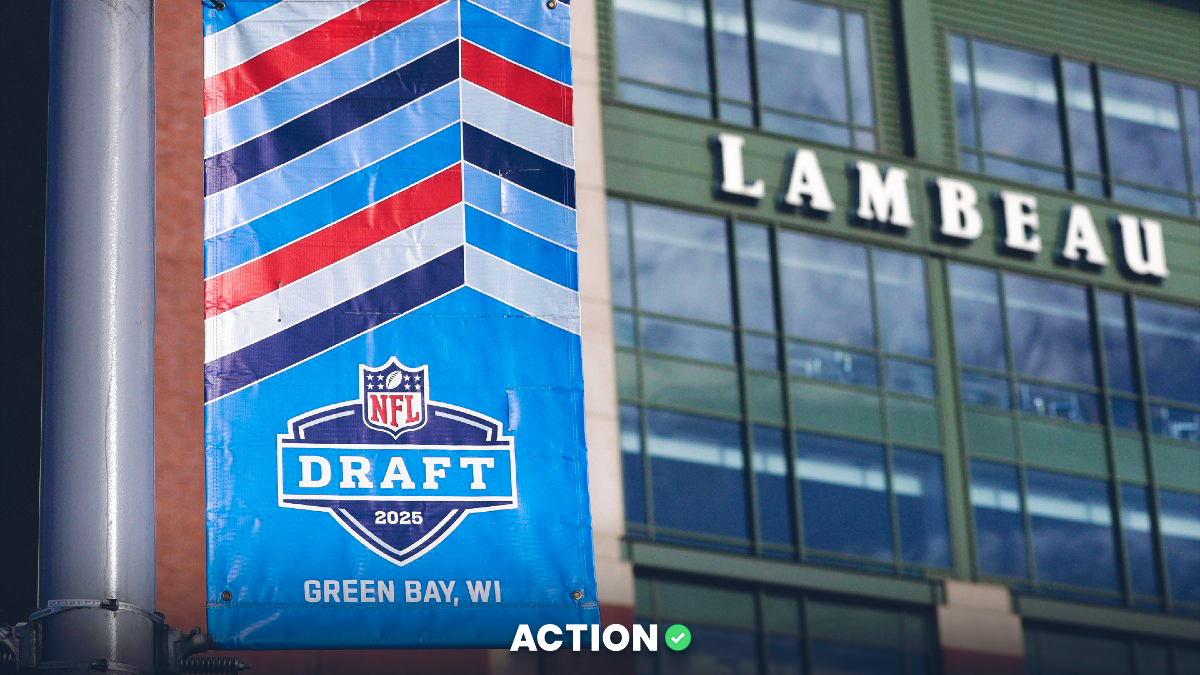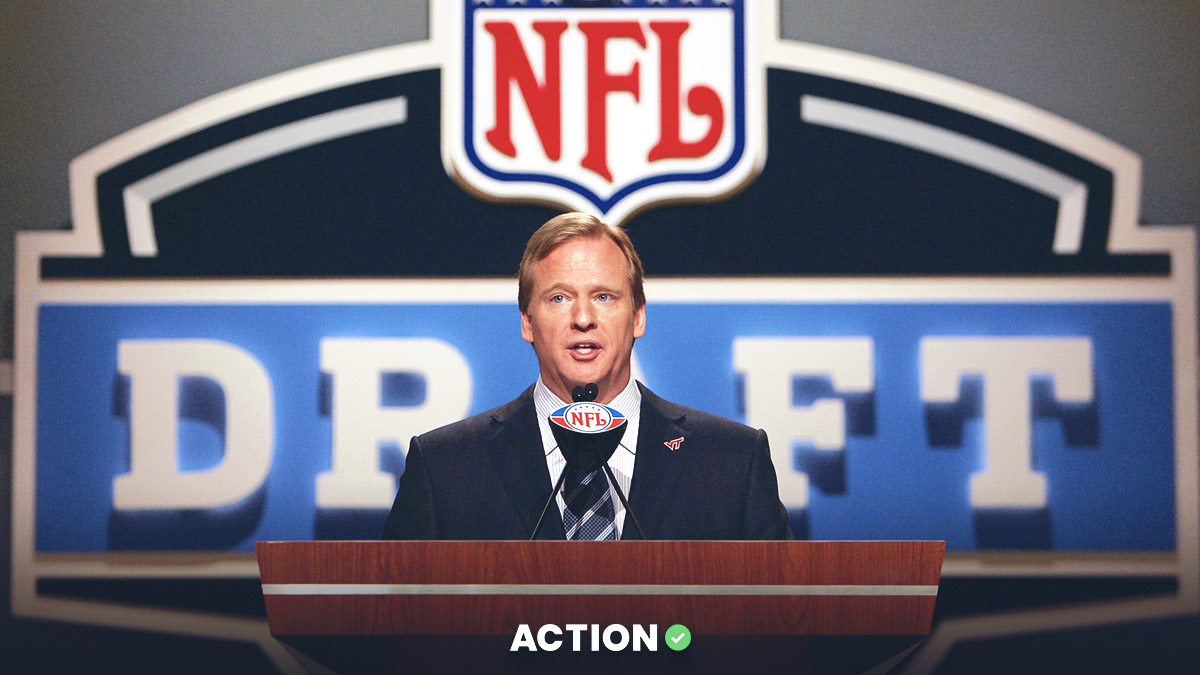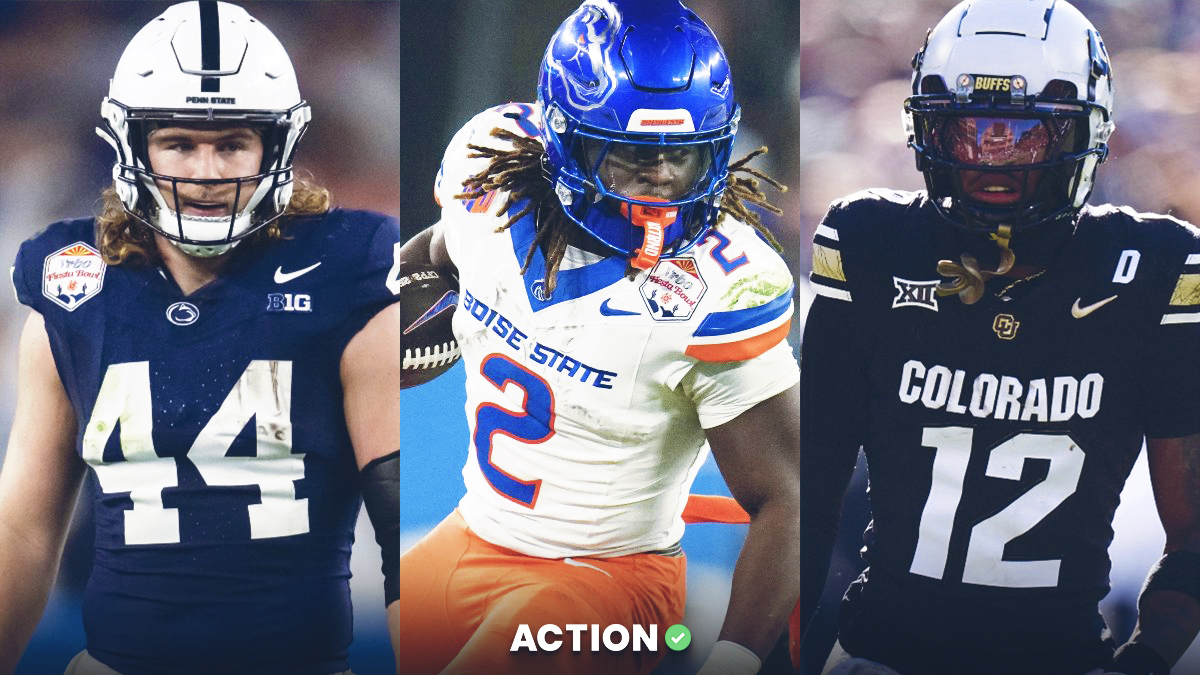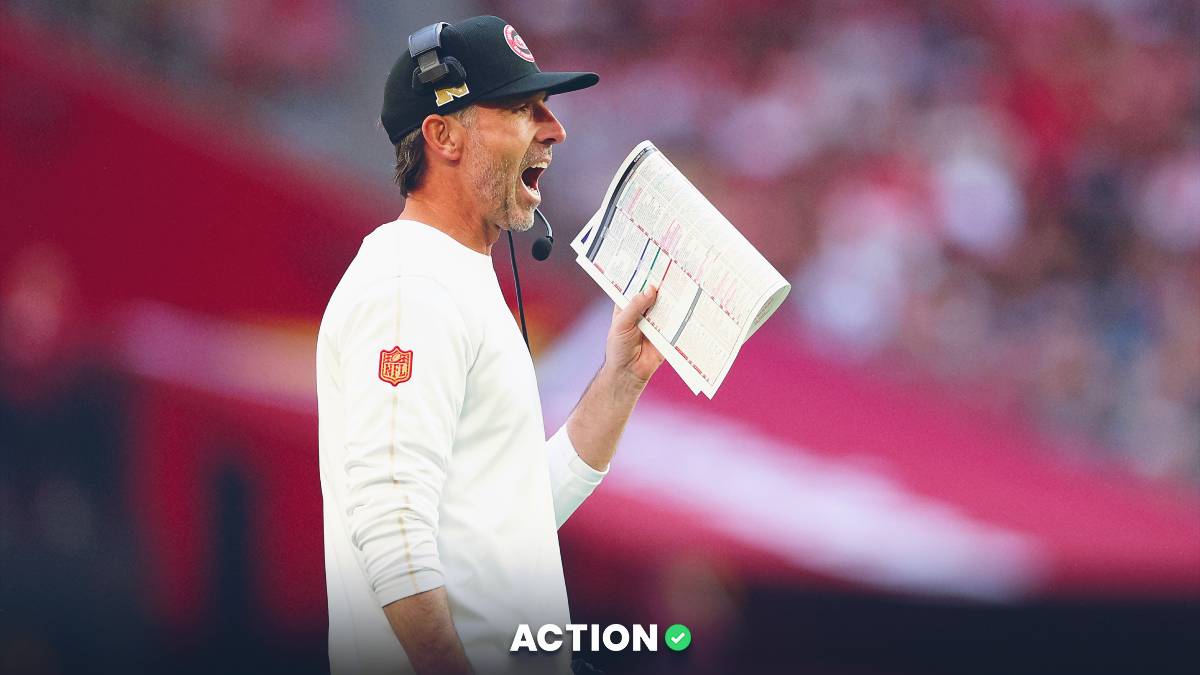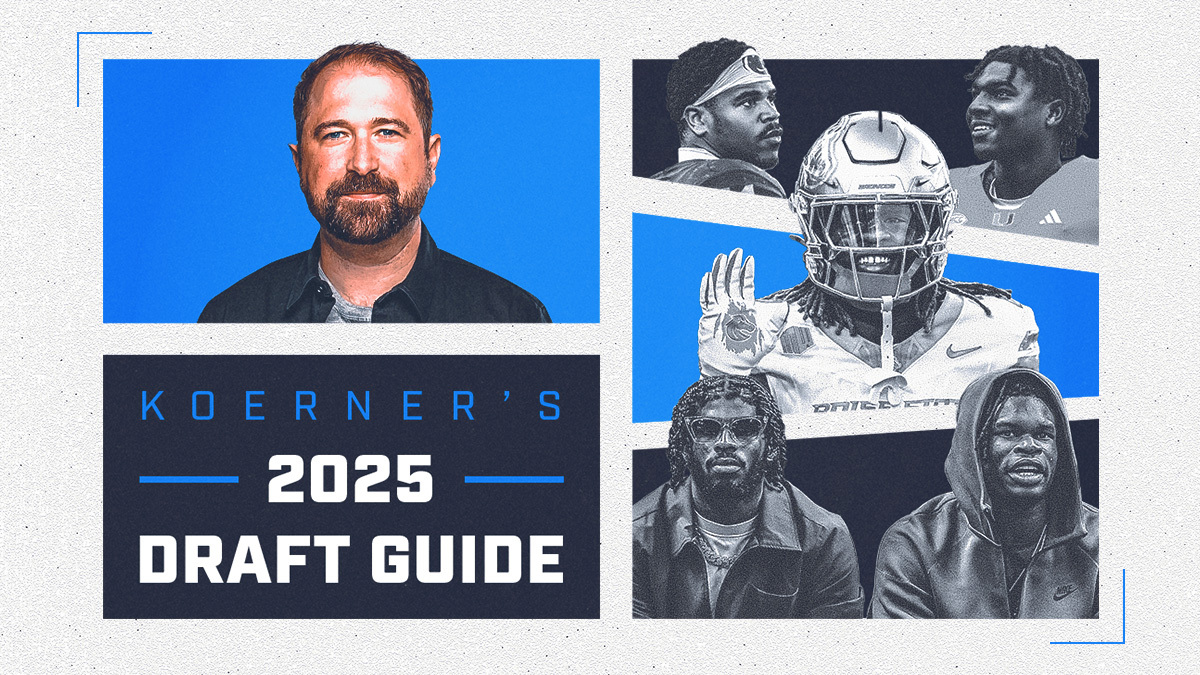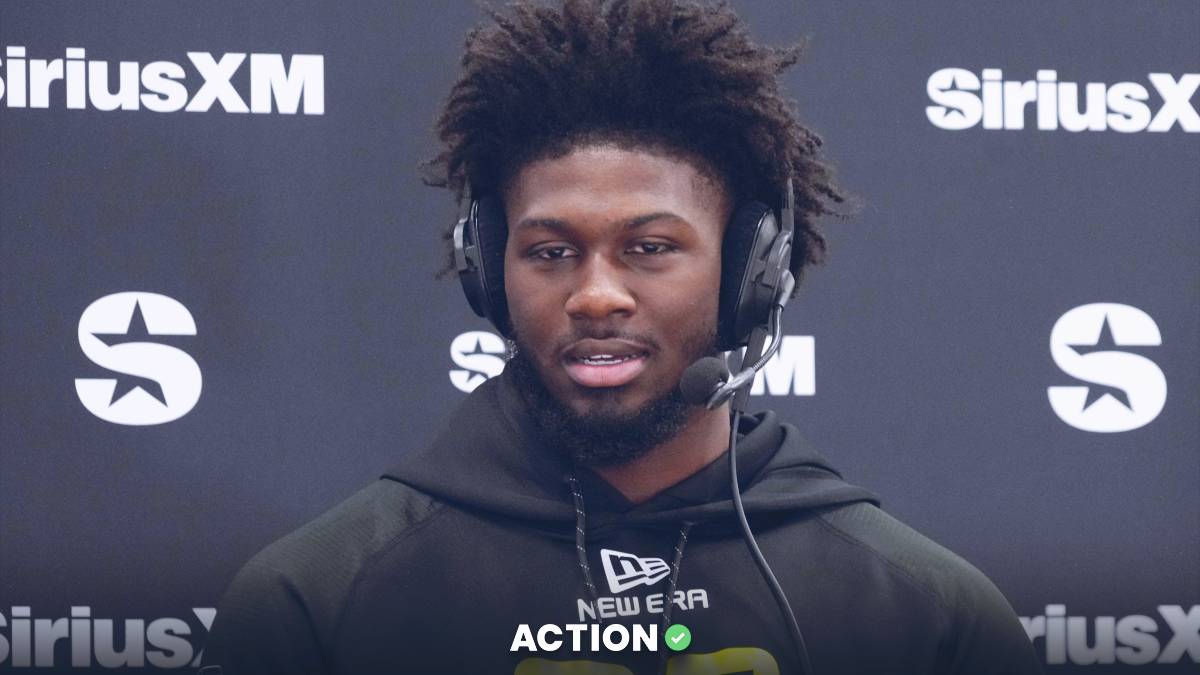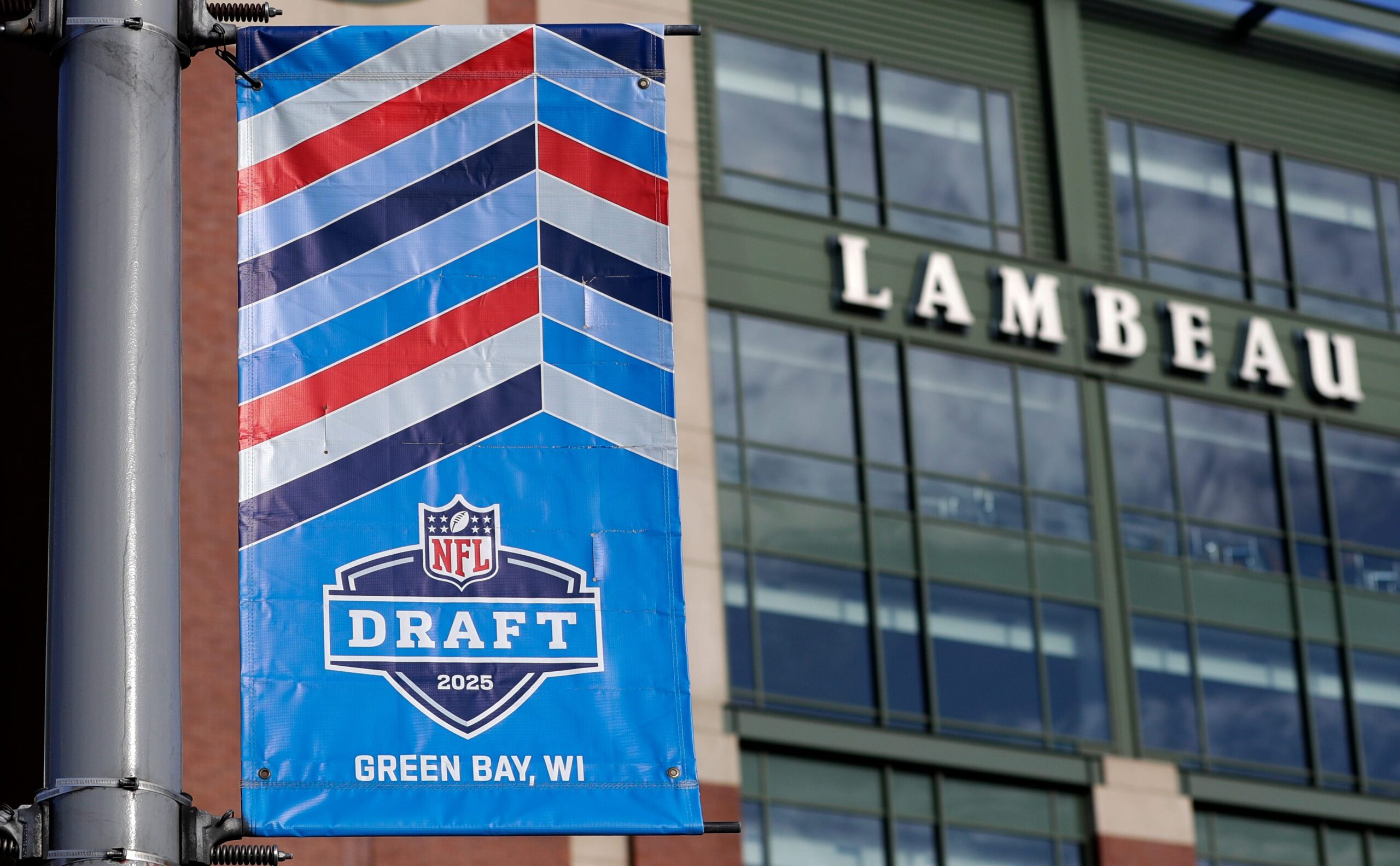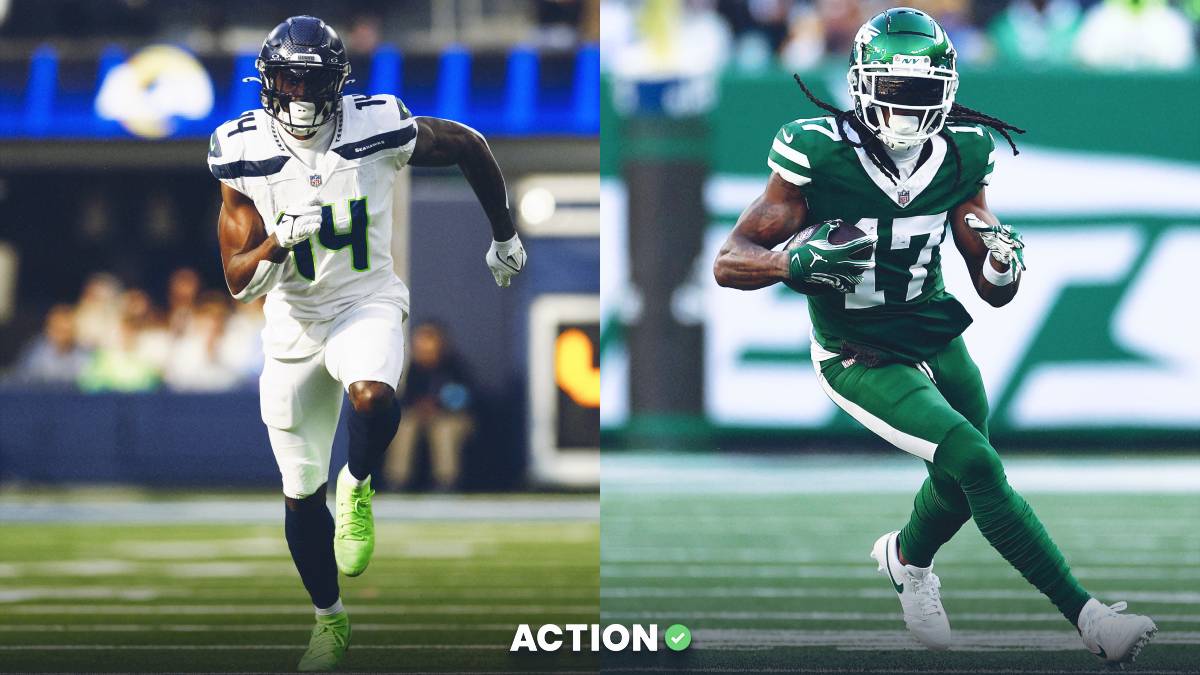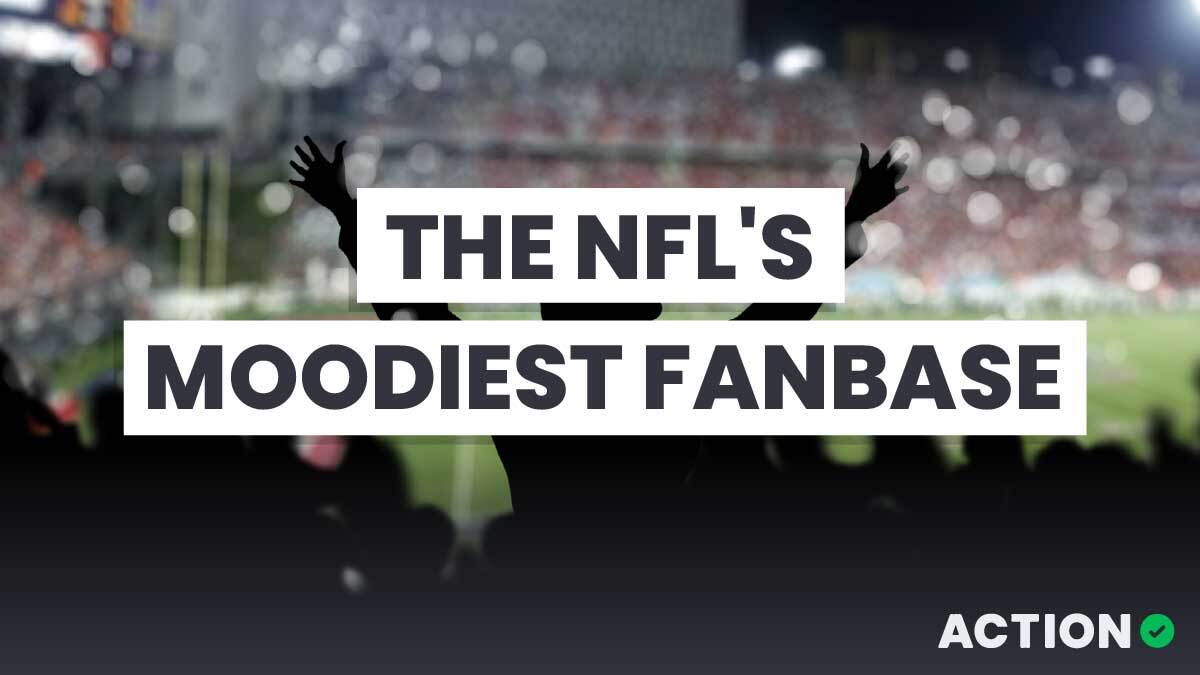The running back is dead. At least as far as the NFL Draft is concerned.
Don't believe me? Just look at the stats.
In the five drafts from 1986 to 1990, there were a combined 40 running backs taken in the first two rounds.
In the last 10 drafts from 2012 to 2021, there were a combined 40 running backs taken in the first two rounds.
This year, it's almost a foregone conclusion that a running back won't be taken in the first round. Breece Hall has the best odds of any running back to be selected in the first round, and he's still +150 at DraftKings.
No running backs in the first round? That didn't happen once in the 30-year period from 1983 to 2012. This year will likely be the third time (2013, 2014) in the last 10 years it has happened.
Three times in the last 10 drafts there's only been one running back selected in the first round (2016, 2019, 2020). Prior to that, the last time that happened was 1984.
Why the change? How did the running back become such a commodity when it used to be the standout star?
Here are five key reasons for the decline in the importance of the position.
RBs haven't proven to be valuable for sustained periods
There are the exceptions, but the running back position has the reputation of being the least durable over time, which means it's a short-term investment to draft one. Many teams hope that they can draft long-term Pro Bowlers in the first round.
Stats suggest running backs don't stand the test of time.
Part of this is because many of them get so beaten up in college, but at 2.57 years, running backs have the shortest career lifespan of any position group. And of the ones that are successful quickly fade with age.
In the last 15 years, the NFL's leading rusher has only been over the age of 27 once (Adrian Peterson, 30, in 2015). Compare that to the NFL's leading passer stat list. In the past 15 years, only twice has the leading passer been YOUNGER than 27 (Deshaun Watson, 25, in 2020 and Jameis Winston, 25, in 2019).
The college game has changed, making it harder to evaluate NFL talent
There are traditional offenses that translate well to the pros, namely Wisconsin, whose running back Jonathan Taylor led the league in rushing a year ago.
But for many running backs, they're exposed to spread and more gimmicky offenses rather than the more traditional ground-and-pound. This makes it harder to evaluate how someone at the position will play in a more traditional NFL environment.
The NFL game has changed, too
The rules are more beneficial to a passing offense in that the quarterback and wide receivers are more protected than ever before. As the league has gotten more competitive, there’s a lot more you can do out of a pass-first offense vs. the run-first offense that used to exist. Finally, the owners and fans think of passing as more exciting than running. That has to weigh on play-callers.
The gap between the top of the position and mid-tier is small with little cost-saving benefit
There are definitely stars in the backfield, but the sense is the difference between the stars and the next rung represent a smaller gap than at other positions.
"The difference between the best running back and the fifth running back isn't that much, so the value to draft high isn't there," one scout told Action Network.
That's manifested itself in free agency as well. A running back in the NFL gets paid less, on average, than almost every player on the field, with the exception of special teams, the long snapper and the fullback. That also means that draft provides less opportunity to the running back position. With the draft, teams have a chance to get great players at a relative value if it works out. That means that if you the need for a great left tackle and a great running back, you're going to take the left tackle because left tackles cost more than three times on average what a running back costs.
It's easier to spot greatness at other positions
So many other positions in the draft are based on fundamentals and metrics: A quarterback's footwork, ball rotation and speed or an offensive lineman's blocking technique.
One agent we spoke to said that running back's don't just have the same out-of-game aspects, which makes it hard to pit one running back against another.
In general, scouts and player personnel executives feel like they have more confidence in differentiating between great and good in other position groups as compared to the running backs.






